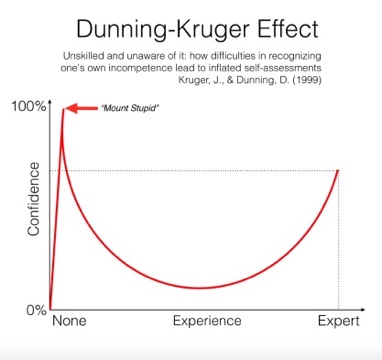The PLA we all print with, is it a Crystaline or Amorphous type of PLA?
That’s a good question. I’m not sure honestly. I’d assume amorphous as developing a crystalline structure is usually for things like metals or ice. Not saying it’s not possible by any means though. I’m not a material scientist.
it is amorphous (while printing) but you can “anneal” (use heat) it to re-crystalize https://www.hindawi.com/journals/ijps/2013/951696/
here some more: https://web.archive.org/web/20171013011554/http://www.4spepro.org/pdf/005392/005392.pdf but for injection molded PLA which might be little different.
Maybe
Pretty sure it’s Amorphous.
I am asking, because extruder screws for polymer extrusion are quite different in key parameters when designed properly each for amorphous or crystaline PLA - hence the question. 
@Rene_Jurack crystalline FFF materials warp much more than amorphous. Pretty sure we print with amorphous. PLA is a weird material though, it has a lot of different semicrystalline phases it can go through or stop at depending on the strain/temp history.
No, its a thermo-plastic, that has other substances mixed in. Think of it as a melted plastic with contaminates in it. Those contaminates are crystals, metals, wood or other polymers that give the material its visually desired qualities.
@MidnightVisions thermoplastic polymers are either amorphous or semicrystalline or somewhere in between, depending on how neatly the polymer molecules line up and self-order as they cool solid from a molten state. Solid-state strain can also cause crystallinity in certain materials like nylon, in which case it gets a LOT stronger after it yields. Lots of interesting and complex behavior there…
reminds me of:

@Rene_Jurack the biggest irony of the Dunning-Kruger effect is that the confidence curve Dunning and Kruger actually found in their research doesn’t look like that, and people who never read the study make incorrect assumptions about it ;-D
@MidnightVisions yes the crystallinity of PLA varies by manufacturer and blend, but highly crystalline PLA would be bad FFF filament due to high shrinkage. (More likely to be used in disposable forks and such.)